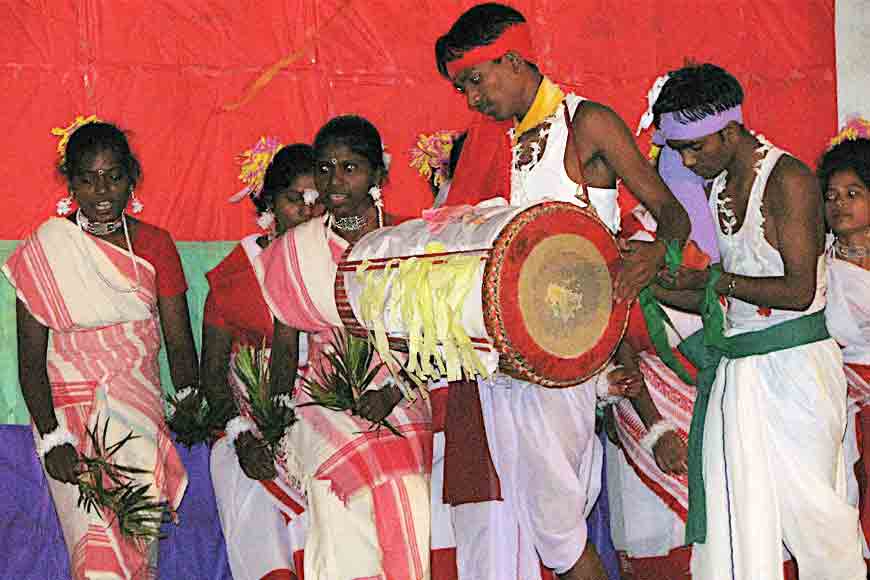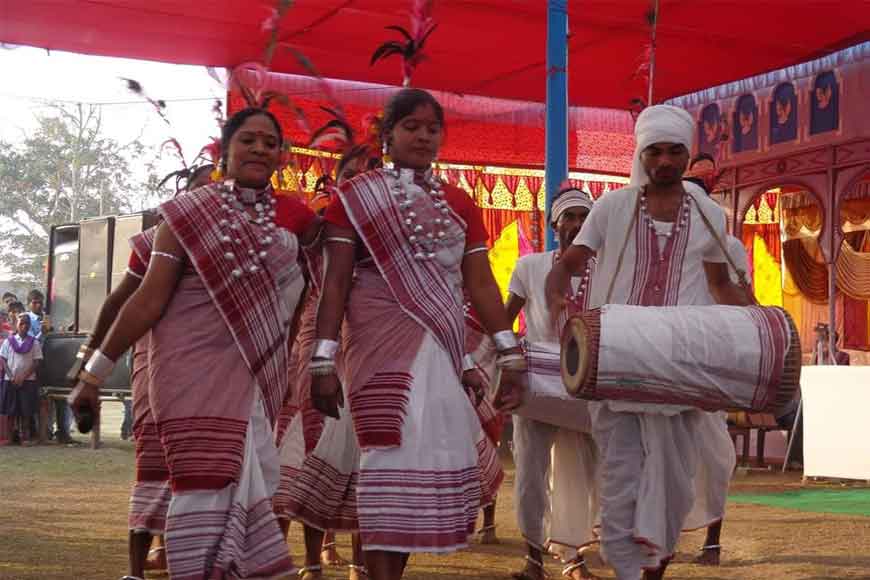Bengal’s endangered tribal languages --- are they being revived?

When a freedom struggle is fought on the lines of one’s mother tongue, then it reaches a different proportion, a movement that scripts history. Such was the Bhasha Andolan of Bangladesh, when a nation fought to establish the freedom of speech in one’s mother tongue. Despite the bloodshed, dark memories of atrocities by the Pakistani army, despite the loss of young lives, the episode of 21st February will be forever remembered as a day of triumph for any mother tongue.
But, what about the plethora of tribal languages of Bengal that are almost on the verge of extinction? Thanks to West Bengal Chief Minister, Mamata Banerjee, some of these endangered tribal languages such as Kurukh is being revived. Today, Kurukh has received an official language status. Kurukh, is a language belonging to the Dravidian family, and spoken by the Oraon tribe. Interestingly, most tribal languages of Bengal have their origins in the Austro-Asiatic and Tibeto-Burmese languages. But Kurukh is an exception, which has its origin from the Dravidian family. While, Santhali, Munda and Hoe, belong to Austro-Asiastic family, languages spoken by Tamang, Lepcha and Bhutia tribes of the Darjeeling Hills are of the Tibeto-Burmese group.

Kurukh language is spoken by around 17 lakh people (as per 2001 census report). It is closely related to Kumarbhag Paharia and Sauria Paharia languages, which are together referred to as Malto. Its script is called Tolong Siki. The language has been listed ‘vulnerable’ in UNESCO’s list of endangered languages. As many as 10 languages in Bengal, specially of North Bengal are either extinct or on the verge of extinction. In case of languages such as Mogor, there is not much vocabulary. There is only one survivor of the speech community who could not say much about the language!
The International Mother Language Day is a world-wide annual observance held every February 21 to promote awareness of linguistic and cultural diversity and promote multilingualism. Thus, it is now of utmost importance to look at the vanishing languages of our state. In some cases, a lone surviving member of a particular speech community exists. In some cases, the member of a particular language community just cannot be traced. The ‘language gap’ between the old (60 to 80 years) and the younger generation (10 to 30 years) has also widened at an alarming rate in recent years. A 20-year-old today can’t string together a single sentence in the same language. This is also alarming, especially for minor languages of Bengal such as Sobor, Goya, Tharu, Jalda, Asur, Hemal and Bedia. This day thus comes as a Pledge Day to preserve all the endangered languages of Bengal.









